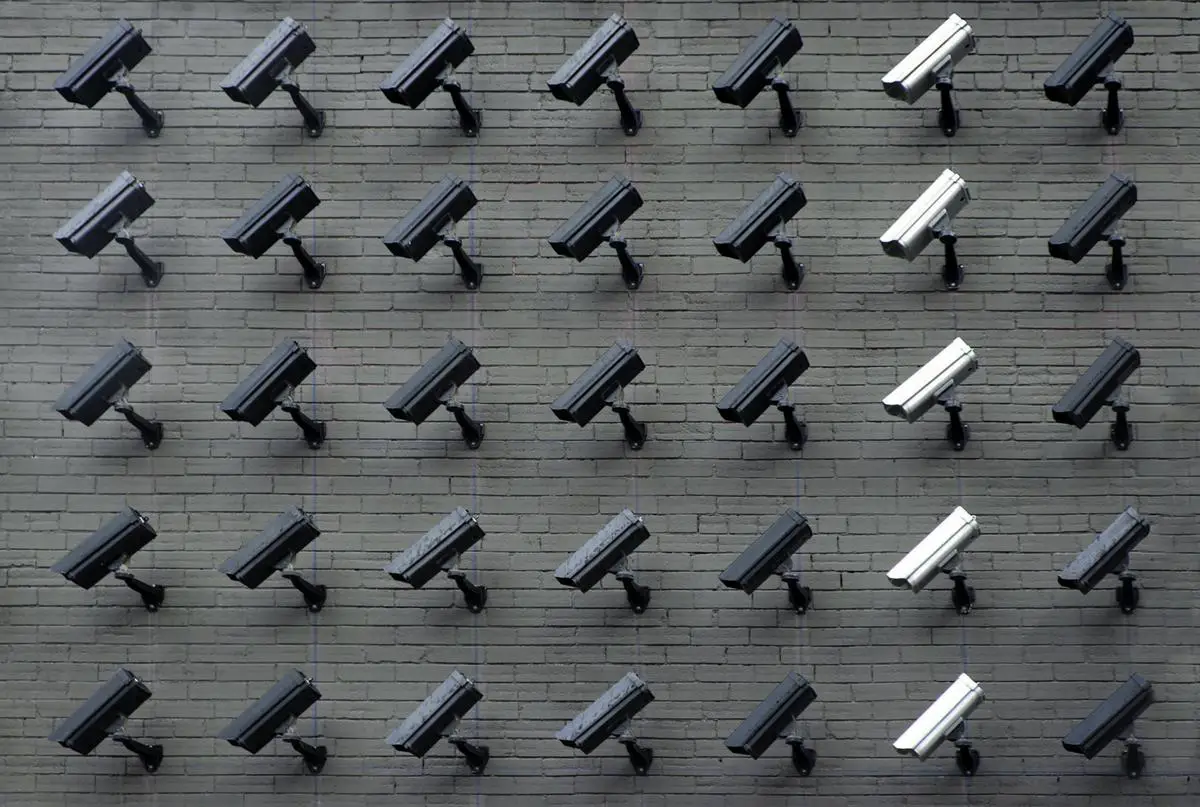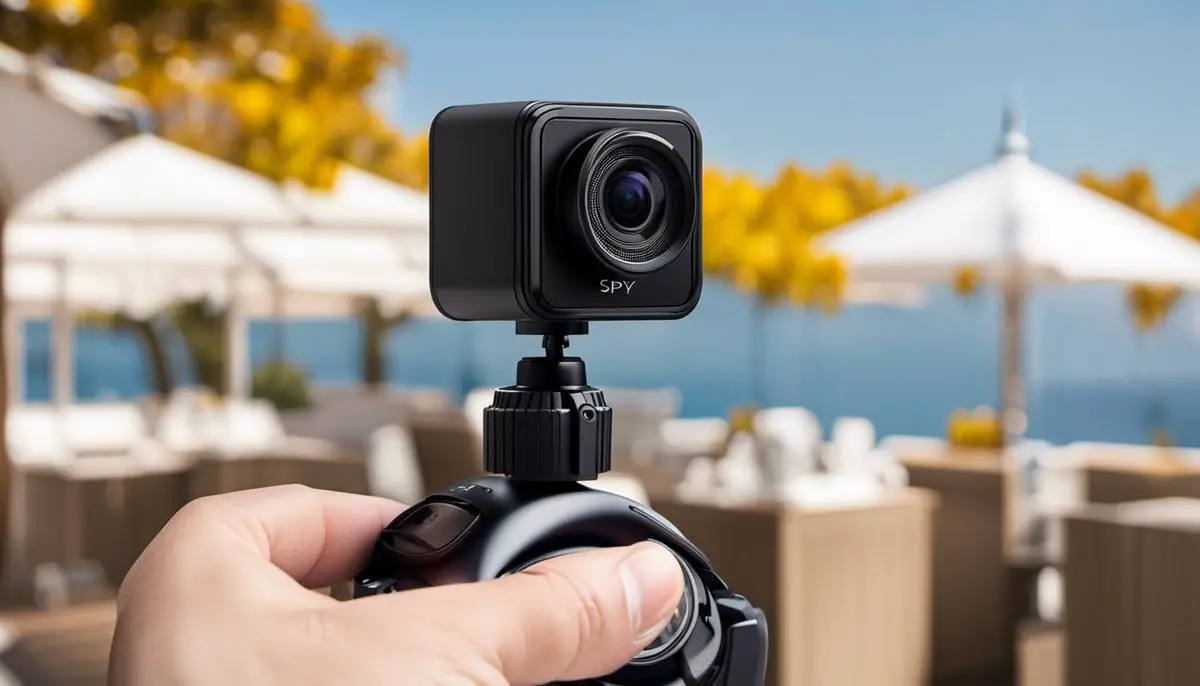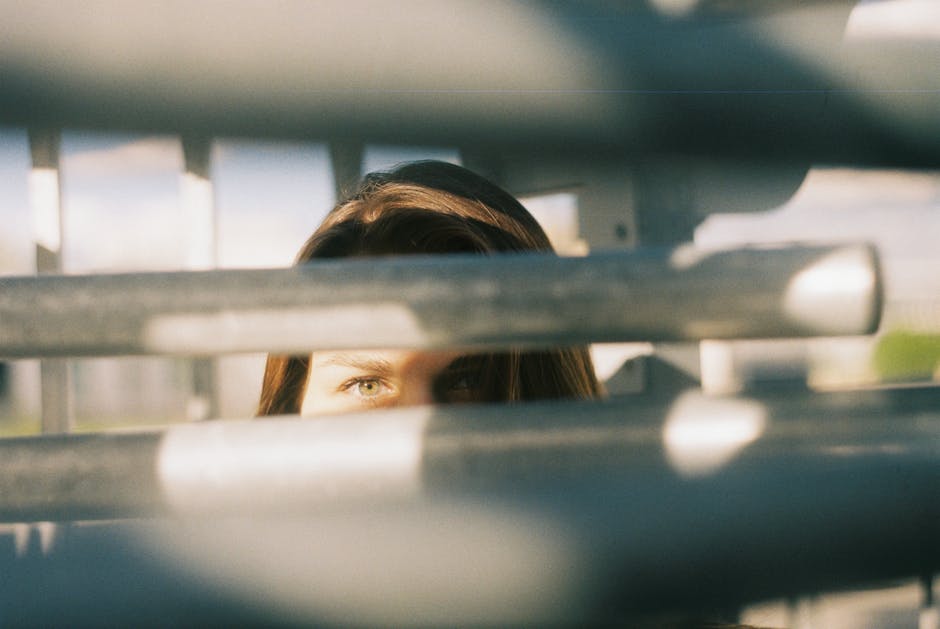Perched unsuspectingly in the corner of a room or disguised within everyday items, the video recording spy camera’s world is definitely intriguing. The use of such devices has skyrocketed over the past few years—embraced by individuals, businesses, and law enforcement—drawing us into the intriguing world of covert surveillance. Yet, it’s not merely about ‘spying’ as the name suggests. These cameras serve extensive purposes, from security reinforcement to wildlife observation. Whether you are an entrepreneurship wanting better in-house security, a parent ensuring your child’s nanny is trustworthy, or a wildlife enthusiast documenting animal behavior—the capabilities and uses of video recording spy cameras are indeed varied. This discourse sets out to demystify these hidden recorders, guiding you through their working principle, legal considerations, technical features, and selection tips.
Understanding Video Recording Spy Cameras
Understanding Video Recording Spy Cameras
Spy cameras, also known as covert or hidden cameras, serve the primary function of recording video without the awareness or consent of individuals in the space. Their purpose is often to monitor activities in a specific area for safety or security reasons. The defining characteristic of a spy camera is its ability to blend into the environment, appearing as a common item in the environment or being small enough to be concealed.
How Spy Cameras Work
The working of spy cameras is rather straightforward. They operate by recording video content constantly or can be put into motion detection mode where they start recording only when movement is detected in their field of view. Some spy cameras may also be equipped with night vision functionality. The recorded footage is stored in an SD card or can be accessed remotely over the internet via Wi-Fi if the spy camera is Wi-Fi enabled.
Types of Spy Cameras
There are many types of spy cameras available on the market, catering to different needs and specifications. These include hidden cameras disguised as common everyday items such as pen cameras, clock cameras, or smoke detector cameras, to name a few. Some of these are stationary while others can be portable. Spy cameras can also vary in terms of quality of the footage, storage capacity, and whether they are wired or wireless, with each type having its own pros and cons.
Spy Cameras VS Regular Security Cameras
The primary differentiation between spy cameras and regular security cameras lies in their discreteness. Regular security cameras are often clearly visible and act as a deterrent to illegal activity, whereas spy cameras are intended to be hidden and unnoticed.
Additionally, while both types of cameras have the same fundamental function of surveillance and security, regular security cameras usually have a more robust setup and expansive field of view and tend to be used for spaces that require constant monitoring like stores or parking lots. On the other hand, spy cameras are often utilized in more private settings or spaces where minute surveillance is necessary, for instance, nanny supervision or monitoring housekeepers.
While spy cameras can prove beneficial in bolstering security measures and collecting important evidence, they must be employed with care due to the myriad ethical and legal factors at play. These span from respecting privacy rights to adhering to potential legal restrictions, including, but not limited to, laws regarding recording individuals without their consent in certain private locales. It cannot be stressed enough how crucial it is that one comprehends their local legal context prior to utilising a spy camera. Doing so can help preempt any legal pitfalls that could arise from misuse.

Legal and Ethical Dimensions
When is it Legal to Use Spy Cameras?
Per the rule of law in the United States, it is permissible to use video recording spy cameras within certain parameters. These, generally, are contexts in which the goal is heightened safety or additional monitoring. For example, such tools can legitimately be employed to help protect private residences against break-ins or to keep tabs on home service providers like babysitters. In professional settings, employers may rely on hidden cameras to discourage and identify potential theft, or to ensure that employee productivity remains high. It is essential to note, however, that the Fourth Amendment of the Constitution outright prohibits illegal searches and seizures, which indubitably includes covert surveillance in areas where privacy is reasonably expected.
That said, it’s worthwhile to pay attention to the variance in state laws pertaining to video recording spy cameras. While some states necessitate consent from every party involved before initiating a recording, others demand consent from just a single party. This distinction also affects whether or not surveillance tools can capture audio. For instance, in some jurisdictions, recording conversations sans the consent of all involved parties is tantamount to illegal wiretapping.
Invasion of Privacy and Ethical Implications of Spy Cameras
While spy cameras can provide added security and peace of mind, there exists a profound ethical dimension to their use. The concept of privacy as a fundamental human right is deeply ingrained in societal norms. Covert surveillance can easily infringe upon this basic right, leading to trust issues, the violation of personal boundaries, and potential legal lawsuits.
Consequently, the ethics of using spy cameras hinge on striking a balance between necessity and invasion of privacy. For instance, while parents may feel the need to monitor their babysitters, employees might feel that workplace cameras signify a lack of trust from their employers. This is why being transparent – where feasible and appropriate – about the use of surveillance devices can mitigate some of these ethical issues.
In places where there is an established expectation of privacy, such as locker rooms, changing rooms, health spas and bathrooms, the use of any surveillance equipment, including video recording spy cameras, is considered highly unethical and often illegal.
Navigating the Tricky Path of Privacy with Spy Cameras
Employing video recording spy cameras introduces a delicate balance between legality, ethics, and privacy considerations. It’s paramount for users to be aware of their respective state’s restrictions and guidelines. A keen understanding of where, when, and how to deploy these covert devices in an ethical and legal manner is vitally important.
The principle behind using spy cameras should always be the safeguarding of individuals’ dignity and privacy, alongside security assurance. However, reconciling the necessity of safety measures and respecting privacy rights becomes a challenging task that demands continuous supervision and thoughtful decision-making.
As the laws provide a certain framework for their acceptable use, this rapidly advancing technology calls for ongoing discussions around privacy and ethical issues. Ultimately, users should take the responsibility for upholding the legal and ethical standards when utilizing video recording spy cameras.

Technical Aspects of Spy Cameras
Battery Life: The Powerhouse of a Spy Camera
Spy cameras are engineered to quietly record videos over an extended timeframe. The lifespan of a spy camera’s battery is a critical component in determining its effectiveness. Typically, a high-quality spy camera offers a battery life ranging between 2 to 10 hours. Some cameras, particularly the AC powered or hardwired models, are not dependent on battery power and can record non-stop. Cutting-edge spy cameras come with functions such as motion detection, which maximizes battery life by recording only when there’s movement. These cameras are popular with surveillance professionals who need to track activities over extended periods without having to replace or recharge the battery frequently.
Video Quality: A Clear Eye for Detailed Recognition
The video quality of the spy camera is another significant factor. Modern spy cameras can record high-definition video up to 1080p resolution; this means they can capture clear, detailed images, invaluable for face recognition or reading car plate numbers. Some advanced models also utilize night vision technologies to capture footage in low light or dark conditions. It’s worth investing in a camera with high video resolution even though they might cost a bit more than those with lower resolution; the additional details captured can prove crucial in many scenarios.
Storage: Space to Stockpile the Evidence
The amount of storage available on the spy camera can also influence its utility. Video files, especially those with high-definition resolution, can be quite large, so the camera needs sufficient storage capacity. Some spy cameras come with internal storage ranging from 4GB to 128GB, while others might offer a slot for an SD card, where you can insert memory cards of your desired capacity. Some cameras offer loop recording, which automatically overwrites the oldest footage when storage is full.
Range: Wireless Connectivity and Remote Surveillance
The range of a spy camera primarily refers to the limit of its wireless connectivity if it has this feature. Essentially, it tells you how far you can be from the camera and still maintain a stable connection for real-time viewing or control. Some Wi-Fi-enabled spy cameras allow access from anywhere using your smartphone, whereas others with RF transmitters usually have a range limited to a few hundred feet. Additionally, some spy cameras can be integrated with a larger surveillance system for extended coverage.
Other Important Features: Motion Detection, Audio Recording, and Disguised Models
Other equally important technical aspects when considering a spy camera include motion detection, audio recording, and the design. Motion detection conserves energy and storage by only recording when movement is detected. Audio recording could be beneficial if the sound is just as important as the visuals in your surveillance activity. Consideration should also be given to disguised models. Manufacturers today have become highly innovative, creating spy cameras that blend seamlessly with the environment, disguised as everyday objects like clocks, picture frames, or smoke detectors.
When it comes to the topic of video recording spy cameras, it’s essential to remember that they are a technological marvel, boasting broad and diverse features. Vital elements such as battery life, video quality, storage capacity, range of operation, and numerous additional features all come together to fulfill unique surveillance requirements. Therefore, a thorough understanding and careful consideration of these aspects is crucial when choosing a spy camera.

Evaluating and Choosing the Right Spy Camera
Grasping the Functionality of a Spy Camera
These compact and hard-to-spot spy cameras are meticulously engineered to undertake surreptitious surveillance, effectively recording video without arousing the suspicion or gaining the consent of the individuals being captured. Their applications stretch across various arenas, including security for homes and commercial establishments, professional detective assignments, and child safety endeavors. The working principle of these cameras involves chronicling visual information on an internal or external memory storage module. This visual data can then be conveniently transferred to a computer, enabling easy viewing.
Key Features to Consider
When evaluating and choosing the right spy camera, it’s crucial to consider certain technical attributes. The camera’s video quality is one of these aspects. High-definition (HD) is generally a better choice as it provides clear and detailed images. A camera with night vision is necessary for surveillance in low light conditions. In terms of power, you can opt for battery-powered models for short-term use or choose ones with a power cord for continuous recording.
You should also think about where you’d like to keep the camera. For instance, if you plan to use the camera outdoors, it should be durable and weather-resistant. For indoor use, consider hidden camera models like clock cameras, smoke detector cameras, or even book cameras to blend in with the decor and remain unobtrusive.
Comparing Different Models and Brands
There are several brands and models of spy cameras that vary in price, features, and size. Some popular choices include Arlo Pro 3, Ring Floodlight Camera, and Wyze Cam Pan. All these models are known for their robust features and reliable performance.
Arlo Pro 3 is wireless and weather-resistant, delivering 2K HDR video quality and night vision. The Ring Floodlight Camera offers real-time 1080p video quality with two adjustable floodlights and motion detection. On the other hand, Wyze Cam Pan is an affordable indoor camera that offers remarkable 1080p video quality, 360 degrees rotation, and motion tracking features.
Evaluating Reviews and Price Points
Once you have picked a few potential models, delve into customer reviews to gain insight into their performance. While great features and functionalities are crucial, a camera that fails to work as expected or breaks soon is not worth your money.
In terms of price, spy cameras can cost between $20 to $500 depending on their features, brands, and type. If you’re looking to use the camera for a short period, perhaps for a particular event, go for a budget camera. However, it’s worth investing in a pricier model with more advanced features for long-term use or for professional surveillance.
Lastly, don’t forget to check if the use of spy cameras is legal in your state or country because laws differ. Some may require you to inform the people that they are being recorded, while in other places, it may be completely legal to use without any notices. Be informed to avoid any legal complications.

Emerging through the rectilinear frames of legality, ethics, and technological prowess, you would now have an abridged understanding of the labyrinth world of video recording spy cameras. The end goal, it seems, isn’t about stealthily tracking every move in Orwellian fashion, but sensibly leveraging this technology to secure our premises, loved ones, and the natural world. As we stride ahead, the discerning reader is reminded of the delicate balance between utility and privacy that these devices inhabit—A balance that each user is responsible for maintaining. Furthermore, steering through the varied terrain of these cameras—battery life, video quality, range, storage—should feel less daunting, with an informed decision just around the corner. Remember, the decision isn’t about which camera is the best, rather, which camera is the best for you.
Originally posted 2023-07-30 02:56:06.




